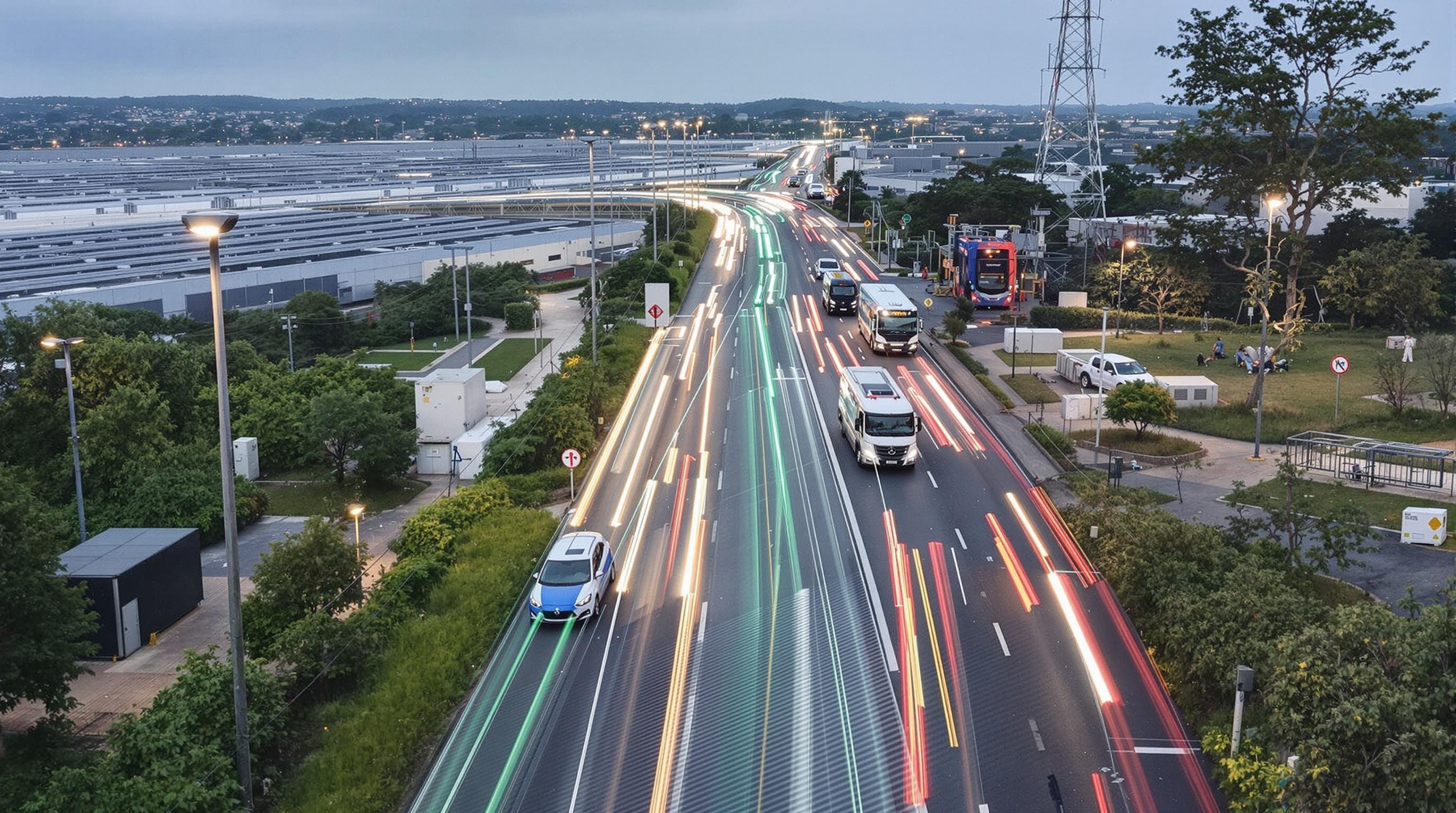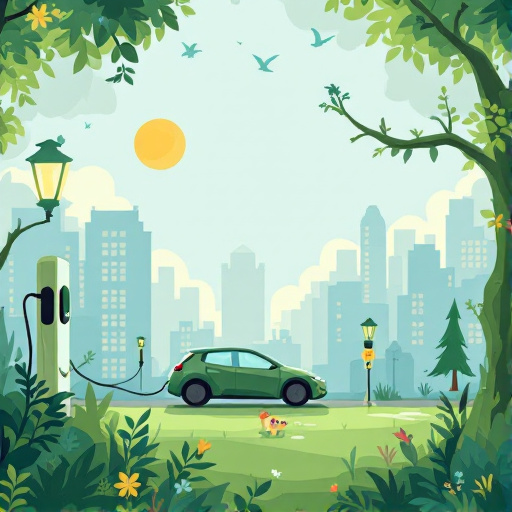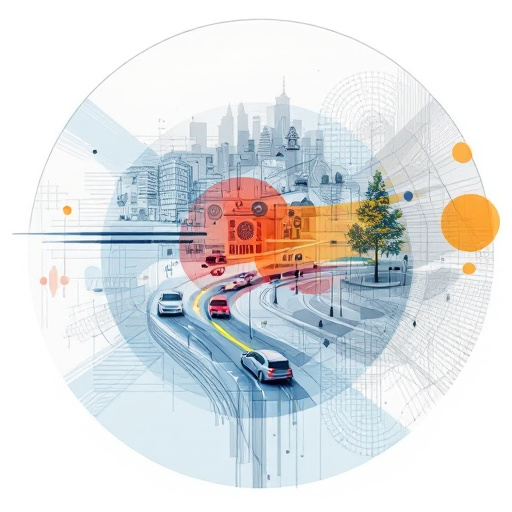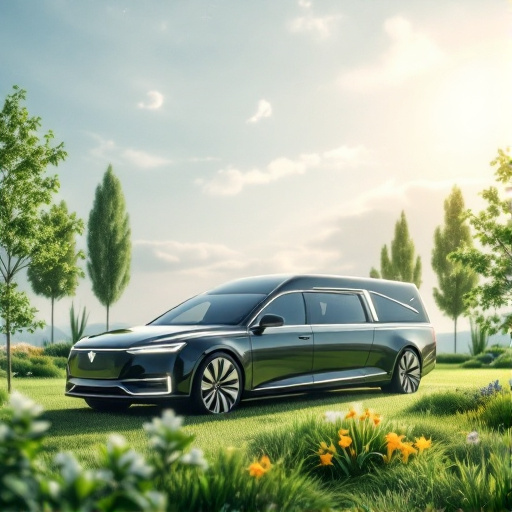Related Articles
- Charged Up! How Electric Vehicles are Reshaping Urban Wildlife Habitats and Biodiversity
- Navigating the Used Car Market: Uncovering the Secrets of 'As-Is' Sales for Savvy Buyers
- The Rise of Electric Car Pop-up Shops: A New Frontier for Urban Retail Experiences
- The Forgotten Art of DIY Car Maintenance: Rediscovering Skills in a Tech-Driven World
- Electric vs. Vintage: The Battle for Enthusiasts' Hearts in the Age of Latest Car Models
- The Rise of the 'Car Review Influencer': How Social Media is Shaping Auto Buying Decisions
8 Unexpected Ways Electric Vehicles Are Transforming Energy Storage and Grid Resilience Worldwide
8 Unexpected Ways Electric Vehicles Are Transforming Energy Storage and Grid Resilience Worldwide
8 Unexpected Ways Electric Vehicles Are Transforming Energy Storage and Grid Resilience Worldwide
1. Vehicle-to-Grid (V2G) Technology
Electric vehicles (EVs) are no longer just modes of transport; with Vehicle-to-Grid technology, they are becoming active participants in energy systems. V2G enables EVs to discharge electricity back into the grid during peak demand periods, effectively serving as mobile energy storage units. This innovation turns EV batteries into dynamic assets that help balance supply and demand fluctuations.
Grid operators benefit enormously from V2G as it creates a distributed energy resource network without the need for costly infrastructure expansion. Studies have shown that V2G integration can reduce grid stress and lower operational costs, thereby boosting resilience against blackouts and demand spikes. The technology is still emerging but holds immense promise for future energy landscapes.
Notably, Japan and parts of Europe are already piloting large-scale V2G projects, demonstrating how EVs can provide ancillary services like frequency regulation and load balancing. As V2G systems evolve, their adoption is expected to enhance energy independence and allow greater integration of intermittent renewables.
2. EV Batteries Complementing Renewable Energy Storage
One of the biggest challenges with renewable energy sources such as wind and solar is their intermittent nature. EVs, equipped with large batteries, offer a unique opportunity to mitigate this problem by acting as distributed storage units. During periods of excess renewable generation, EVs can store energy, releasing it back during low production or high demand.
This synergy optimizes renewable output and reduces reliance on fossil fuel power plants for grid stability. By smoothing out supply inconsistencies, EVs help unlock the full potential of green energy, accelerating decarbonization goals worldwide. As charging infrastructure expands, this coupling between EVs and renewables will become increasingly vital.
Research from the International Renewable Energy Agency (IRENA) emphasizes that EV batteries could provide significant storage capacity, potentially transforming energy systems into more flexible and sustainable grids. The ability to store clean energy at the point of use marks a paradigm shift in how we think about power generation and consumption.
3. Decentralized Energy Storage Systems
Electric vehicles foster the decentralization of energy storage by distributing stored power across millions of individual units instead of relying on centralized facilities. This decentralized approach improves grid resilience, as energy resources are less vulnerable to localized failures or cyberattacks. The dispersion creates multiple nodes of energy availability.
Decentralization also empowers consumers by enabling greater control over their energy usage and storage. Instead of passively consuming electricity, EV owners participate in demand response programs, potentially earning revenue from their stored energy. This active involvement promotes more efficient and responsive energy markets.
Moreover, decentralized storage reduces transmission losses that occur when electricity travels long distances. By localizing energy availability, EVs contribute to a more reliable and efficient distribution grid, aligning technology with sustainable development principles.
4. Enhancing Grid Frequency Regulation
The electrical grid requires constant frequency regulation to maintain stability, typically achieved through rapid adjustments of power supply or demand. EVs, with their ability to quickly charge and discharge power, serve as valuable tools for grid operators managing frequency fluctuations.
By providing fast response services, EV fleets can stabilize grid frequency during sudden disturbances or renewable supply variability. This real-time adjustment capacity reduces the risk of blackouts and helps maintain power quality. Frequency regulation is an essential ancillary service where EVs are proving increasingly effective.
A report from the U.S. Department of Energy highlights that EV-based frequency regulation can be more cost-effective than traditional methods, leveraging existing batteries instead of investing in specialized equipment. This capability positions electric vehicles as crucial components in modern energy systems.
5. Backup Power Supply During Grid Outages
EVs are emerging as life-saving backup power sources during grid outages caused by natural disasters or infrastructure failures. Their large battery capacities can supply electricity to homes or critical facilities, maintaining essential functions even when the main grid is down. This application enhances community resilience, particularly in vulnerable regions.
Portable EV-to-home power systems allow vehicles to serve as emergency energy hubs, supporting lighting, refrigeration, and communications. Innovative projects have showcased how EVs help mitigate the impacts of storms, wildfires, and other climate-induced hazards by providing distributed, resilient backup power.
As the frequency of extreme weather events increases globally, integrating EVs into emergency response planning will be increasingly important. Policies encouraging vehicle bi-directional charging capabilities can amplify the role of EVs as grid resilience assets.
6. Lowering Peak Demand via Smart Charging
Smart charging technologies connected to electric vehicles allow for deliberate timing of energy use, minimizing grid strain during peak demand hours. By scheduling charging during low-demand periods or times of high renewable generation, smart charging reduces congestion and energy costs for consumers and utilities alike.
This demand-side management strategy leverages EV flexibility to flatten demand curves, thus avoiding costly infrastructure upgrades and reducing carbon emissions associated with peak power plants. It also aids in balancing supply-demand mismatches, a pressing challenge in modern grids.
Governments and utility companies are investing heavily in smart charging infrastructure, deploying pilot programs that demonstrate significant grid benefits. Coupling smart charging with user incentives will accelerate EV integration while maintaining energy system stability.
7. Supporting Microgrid Development
Microgrids, which can operate independently from the main electricity grid, are gaining traction as a means to improve energy security. EVs complement microgrids perfectly by acting as mobile energy reserves, enhancing their reliability and autonomy. This synergy enables communities and critical sites to maintain power during broader grid interruptions.
In remote or disaster-prone areas, EVs coupled with solar panels and stationary storage form microgrids that reduce dependency on centralized infrastructure. The mobility of EVs further diversifies energy options, allowing for flexible deployment of resources as needs shift.
Projects around the world, from island nations to rural communities, have highlighted the transformative potential of EV-supported microgrids. This approach fosters resilience while promoting sustainability and local energy empowerment.
8. Accelerating Energy Market Innovations
The proliferation of electric vehicles is catalyzing innovative energy market models that recognize the value of distributed energy resources. EV owners participate in peer-to-peer energy trading, demand response programs, and tariff optimization facilitated by digital platforms. This engagement unlocks new revenue streams and improves market efficiency.
By monetizing stored energy and flexibility, EVs reshape traditional utility-consumer relationships, encouraging decentralized, transparent, and adaptive energy systems. These market innovations also promote investment in grid modernization and clean energy technologies.
According to the International Energy Agency (IEA), integrating EVs with advanced market mechanisms can accelerate the transition to sustainable energy while enhancing grid resilience. The evolving market dynamics herald a future where electric vehicles are indispensable components of the energy ecosystem.




